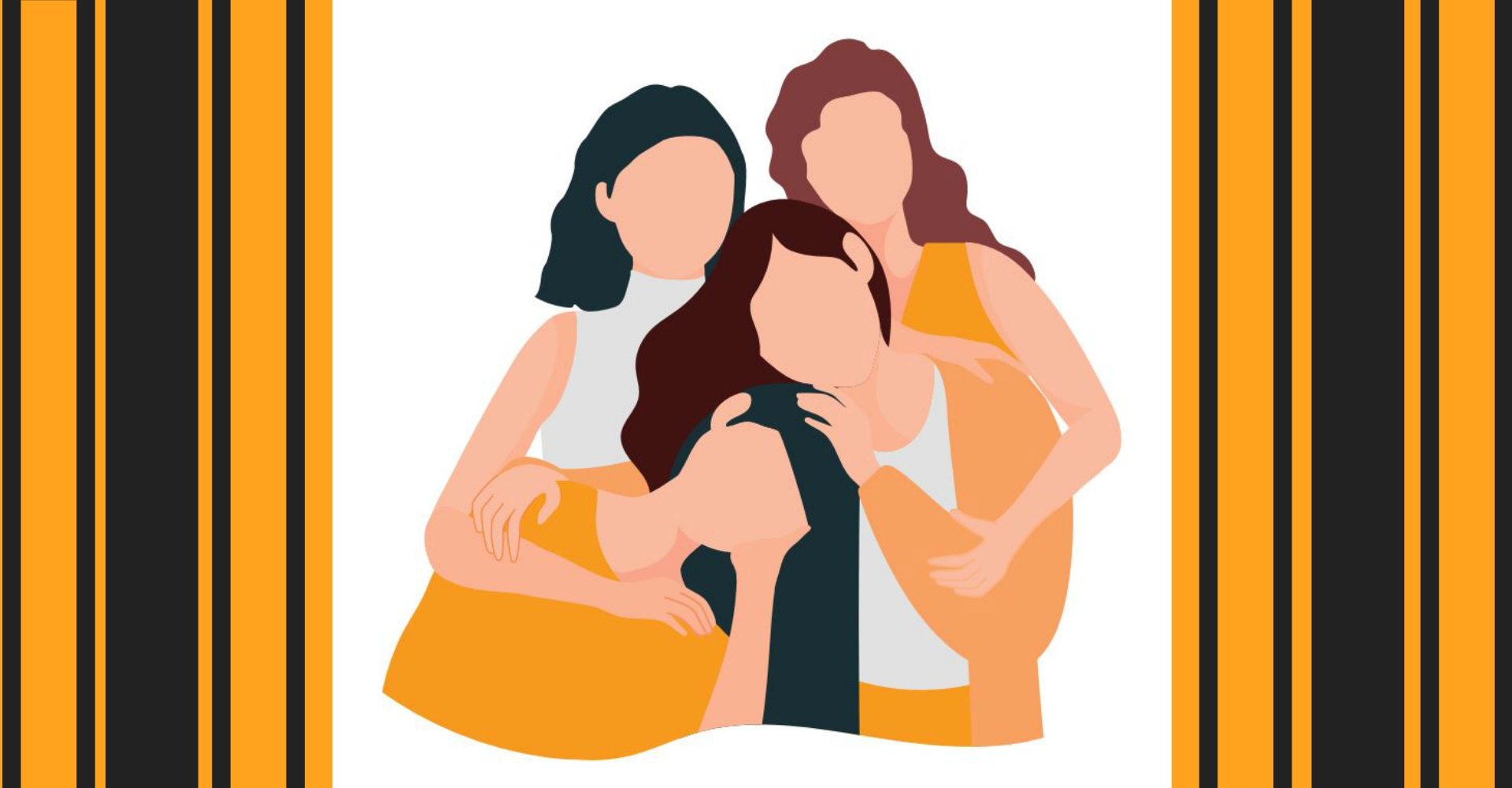While many women shudder at the thought of walking through a dark street or a half-empty underground parking lot, for some, being at home is where they are afraid and face the risk of violence and injury. Especially when there is a gun in the house.
Just as domestic violence disproportionately affects women, the misuse of firearms is also not gender blind and affects the lives of women and men differently. A recent analysis by SEESAC, shows that the likelihood of a fatal outcome of firearm misuse was the highest in incidents of domestic violence. More than three times higher than in a criminal context.
Women account for over half (64%) of all persons killed by a family member in Serbia, and an overwhelming majority of those killed by their intimate partner (88%). As many as 39% of women killed by an intimate partner were killed with firearms. The majority of women killed with firearms were killed in their very home, apartment or yard, and not in public places. Bearing all this in mind, it is not surprising then that the majority of women (60%) and almost half of men (45%) feel that a gun at home actually makes them less safe. Firearm misuse for violence against women does not only affect the woman exposed to the violence, but her children, parents, relatives, it affects the safety of the entire neighbourhood and community.
Though media are the most frequent source of information about femicide and violence against women in the family and in partner relationships, they rarely provide a wider analysis of the phenomenon or a critical approach to the problem of firearm misuse and violence against women. The Analysis of media coverage of firearm misuse in violence against women committed by men, conducted by the group Journalists against Violence, established and supported by UNDP, raises several points relevant not only for media reporting on this issue, but also for a better public understanding of the phenomenon.
As the analysis has shown, media primarily deal with individual incidents and do not explore firearm misuse in the wider context of the problem of violence against women or high rate of murders of women (femicide) - only 6% of analyzed reports on gender-based violence make a conntection between these phenomena. This way, the media contribute to the perseverance of the still widespread social perception of violence against women in a domestic or partner relationship context as isolated cases belonging to the private sphere.
They fail to seize the opportunity to show that misuse of firearms for violence against women is part of the continuum of discrimination and violence women face throughout their life in a patriarchal society and that it is a consequence of unequal social power between women and men, a situation that can and must be changed. Violence, justification of male violence against women and responsibility of the victim for the violent act, are further normalized through sensationalist reporting and stereotypical expressions used in nearly half (45%) of analyzed reports.
When reporting on women who were killed, media do not provide information about the ownership or origin of the weapon used, for example, whether the perpetrators had access to it based on their profession or were participants of wars, whether they had been previously reported for violence or other criminal acts. All these are factors contributing to significant risk of violence escalating and danger to family members. Here, media could have an especially important awareness raising role and show citizens how important it is to provide information on the possible access of the perpetrator to firearms when reporting domestic violence to the authorities. In addition to this, media have a crucial role, one yet to be more significantly applied, in pointing to the responsbility of competent institutions for preventing misuse of firearms for committing violence, including in cases of domestic and intimate partner violence.
In addition to this, media do not report on the “invisible dangers“ of firearm misuse, when it is used for coercion, threats, control, verbal intimidation and committing sexual violence. This way, the media fail to raise public awareness about the fact that misuse of firearms does not only leave physical scars, and how the very presense of firearms in the home can limit a survivor in reporting the violence, defending herself, seeking help, and a factor affecting the readiness of potential bystanders to intervene.
A recommendation for change in current reporting practices, one that can also contribute to prevention,is shedding light on the conclusion of a violence case. Only in slightly over one third of cases did media report on possible or official legal sactions, but what is still missing is informing on the physical, psychological and economic consequences for individuals, the direct victim, her family, possible witnesses and the wider environment, and the demand for a more determined response by institutions to this problem.
The analysis was prepared striving to change existing media practices. With UNDP’s support, it will be used as a significant tool by women editors and journalists throughout Serbia gathered in the group Journalists Against Violence to raise awareness about the gendered nature of firearm misuse and to improve media standards. Reporting standards should be raised so that they contribute to behaviour change and lowering the impact of gun culture and violence culture, whose primary victims are women. Because women should be safe everywhere, above all in their own home.

 Locations
Locations
